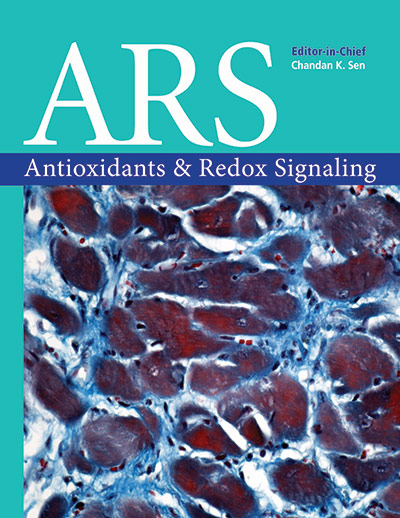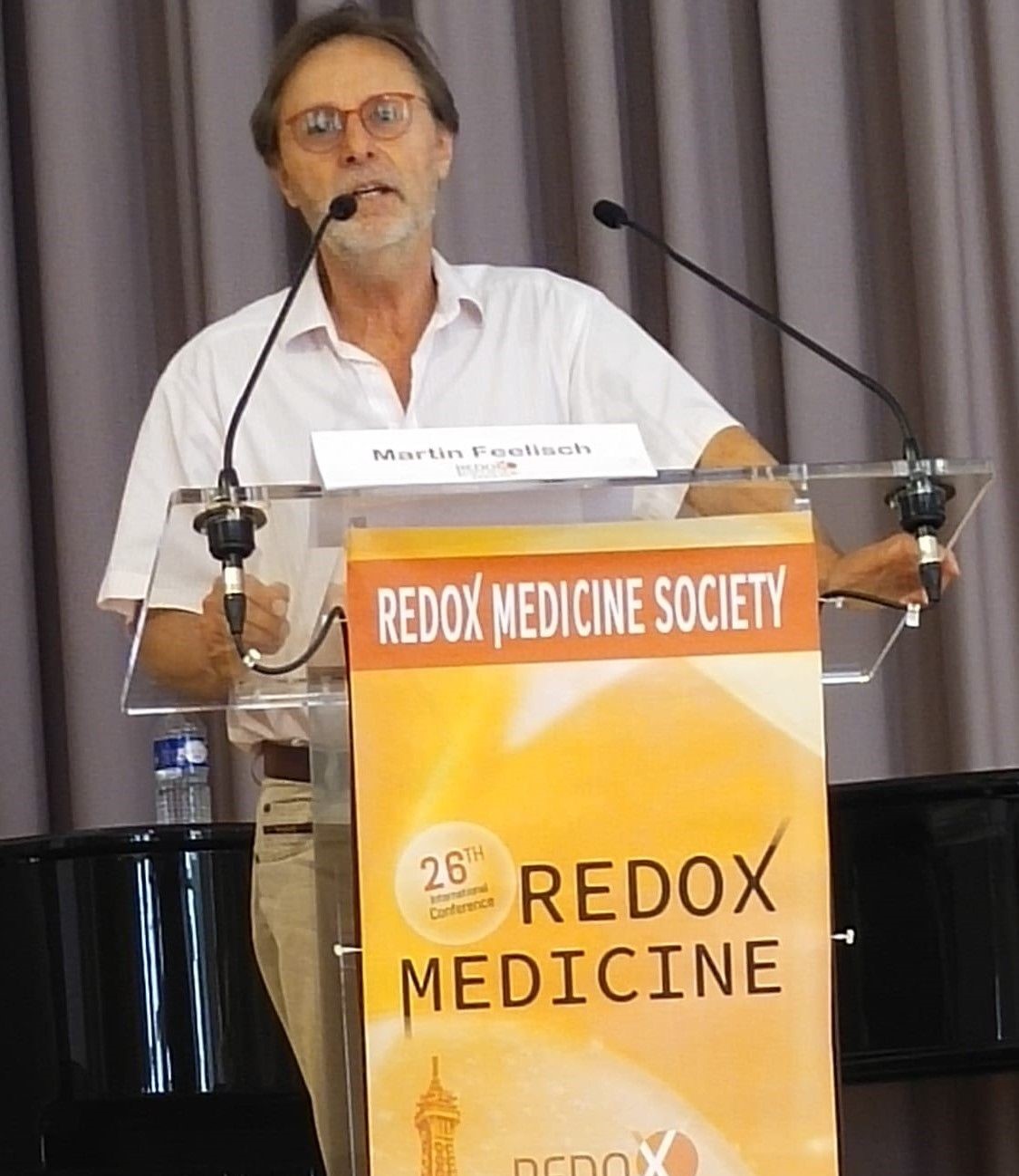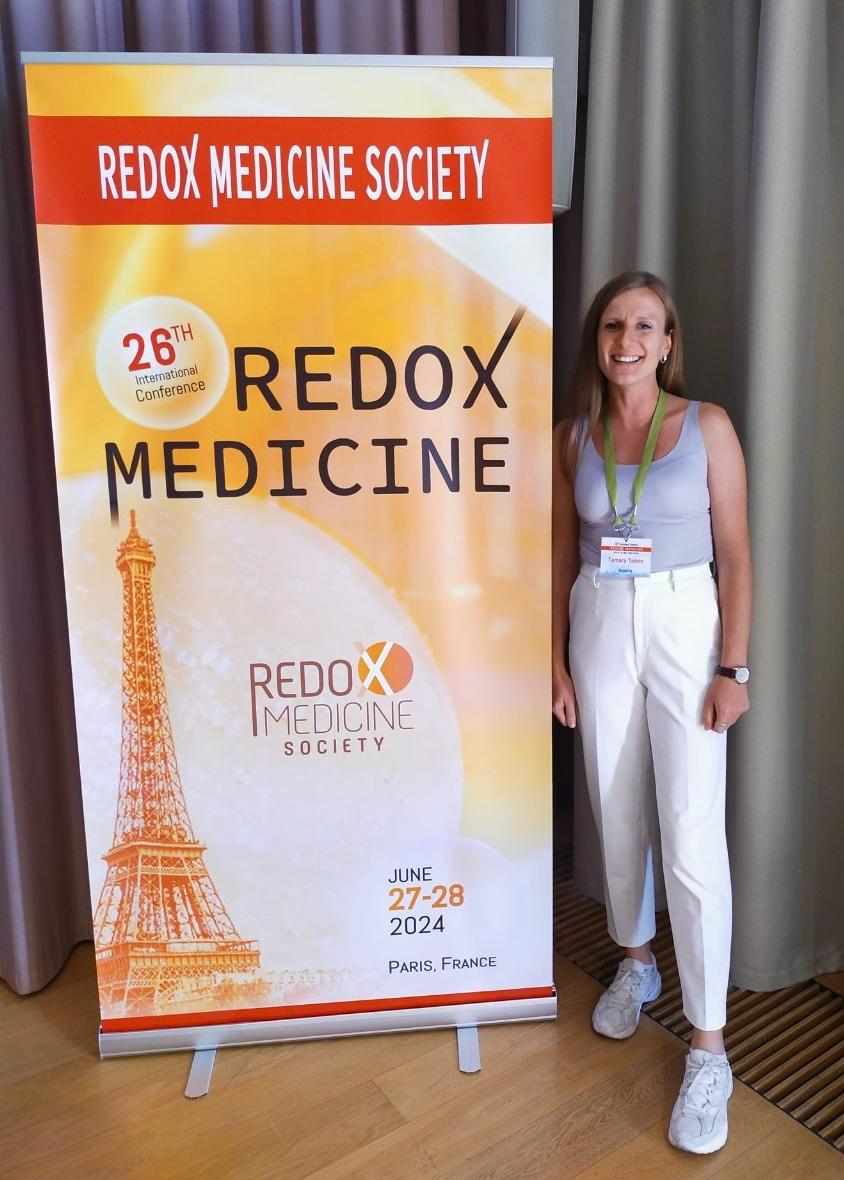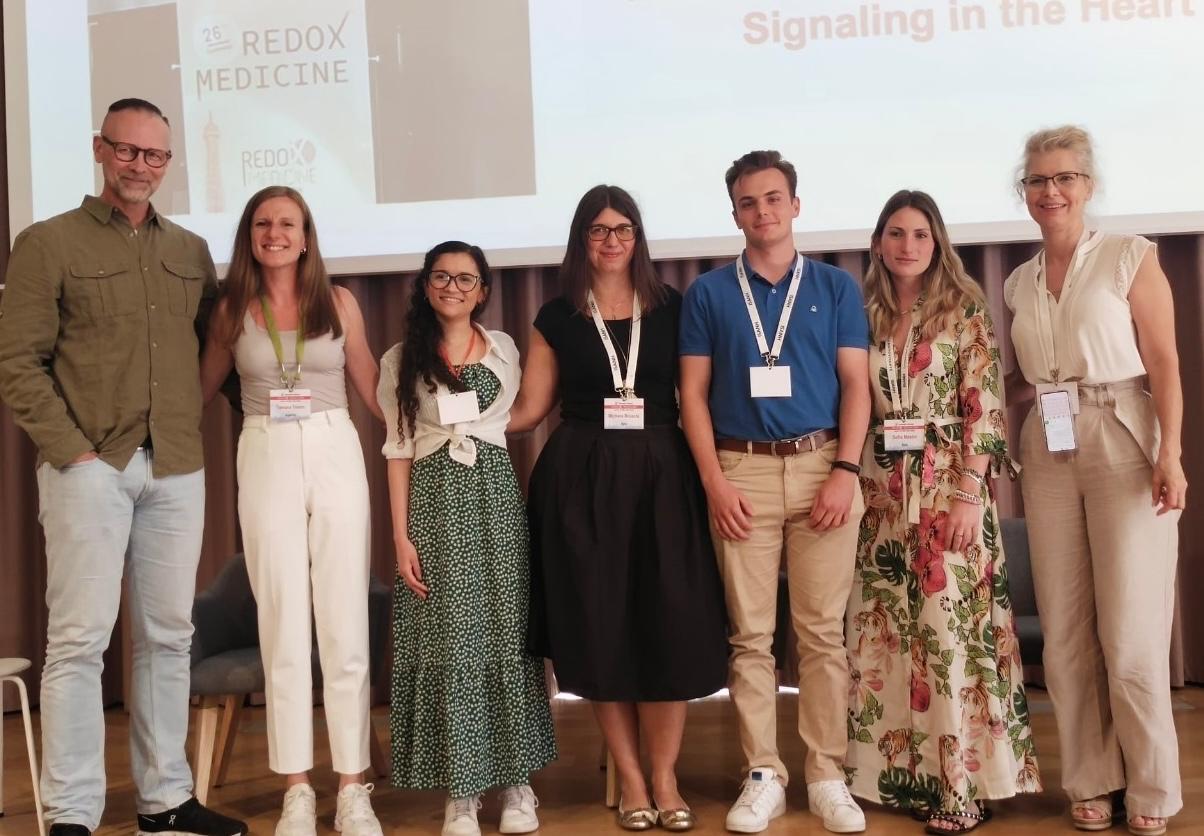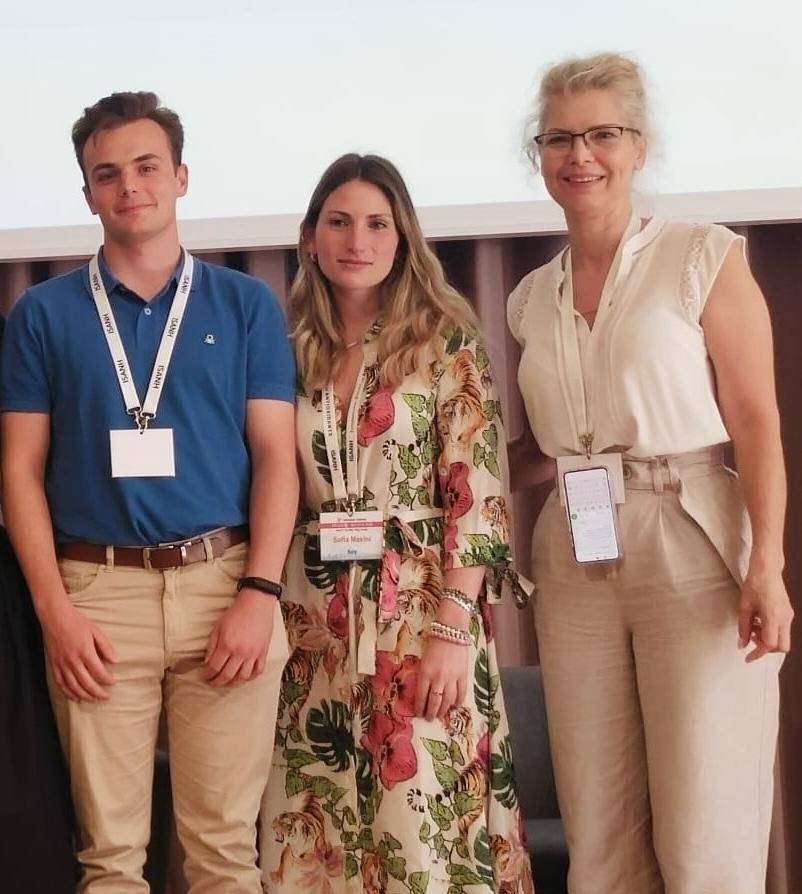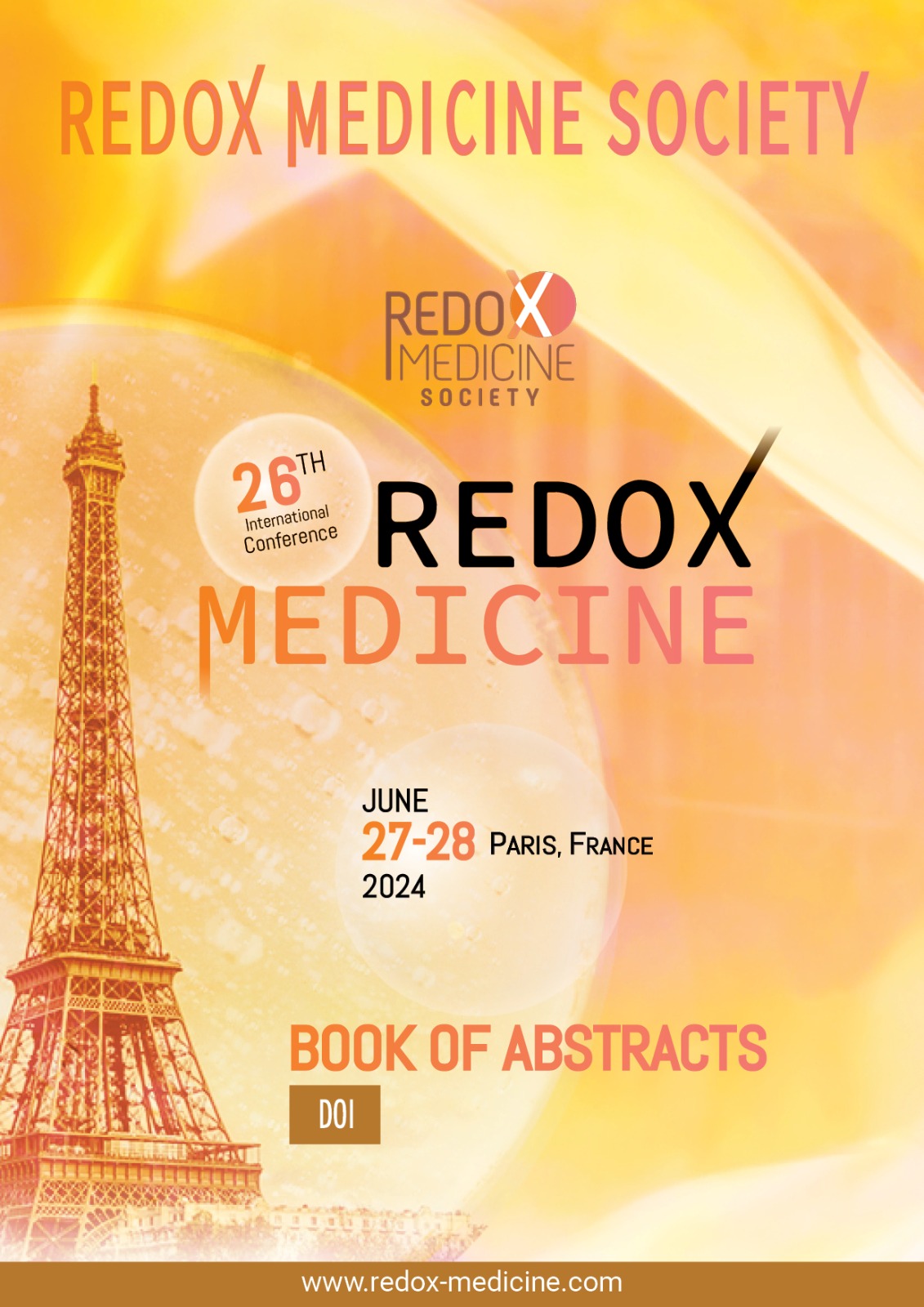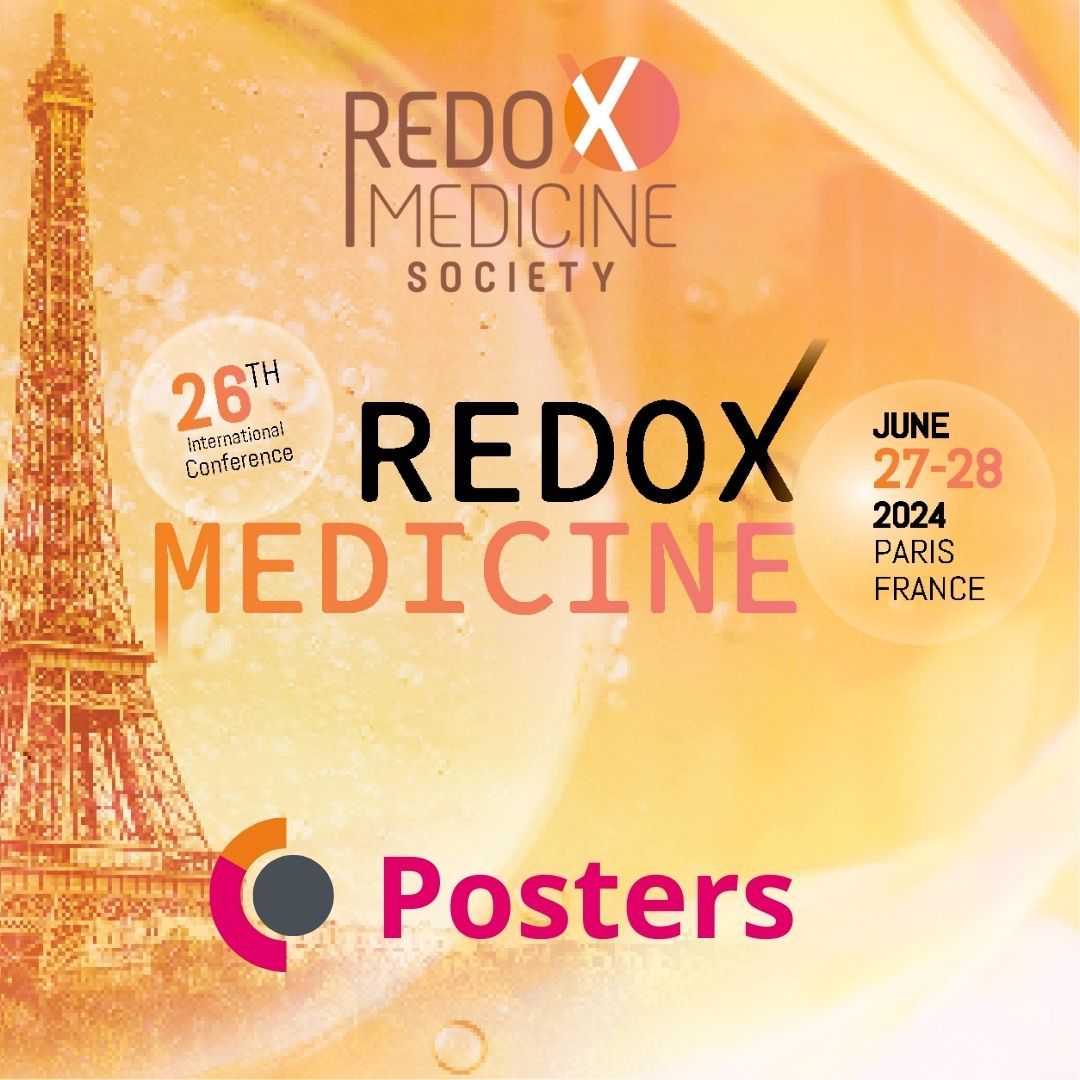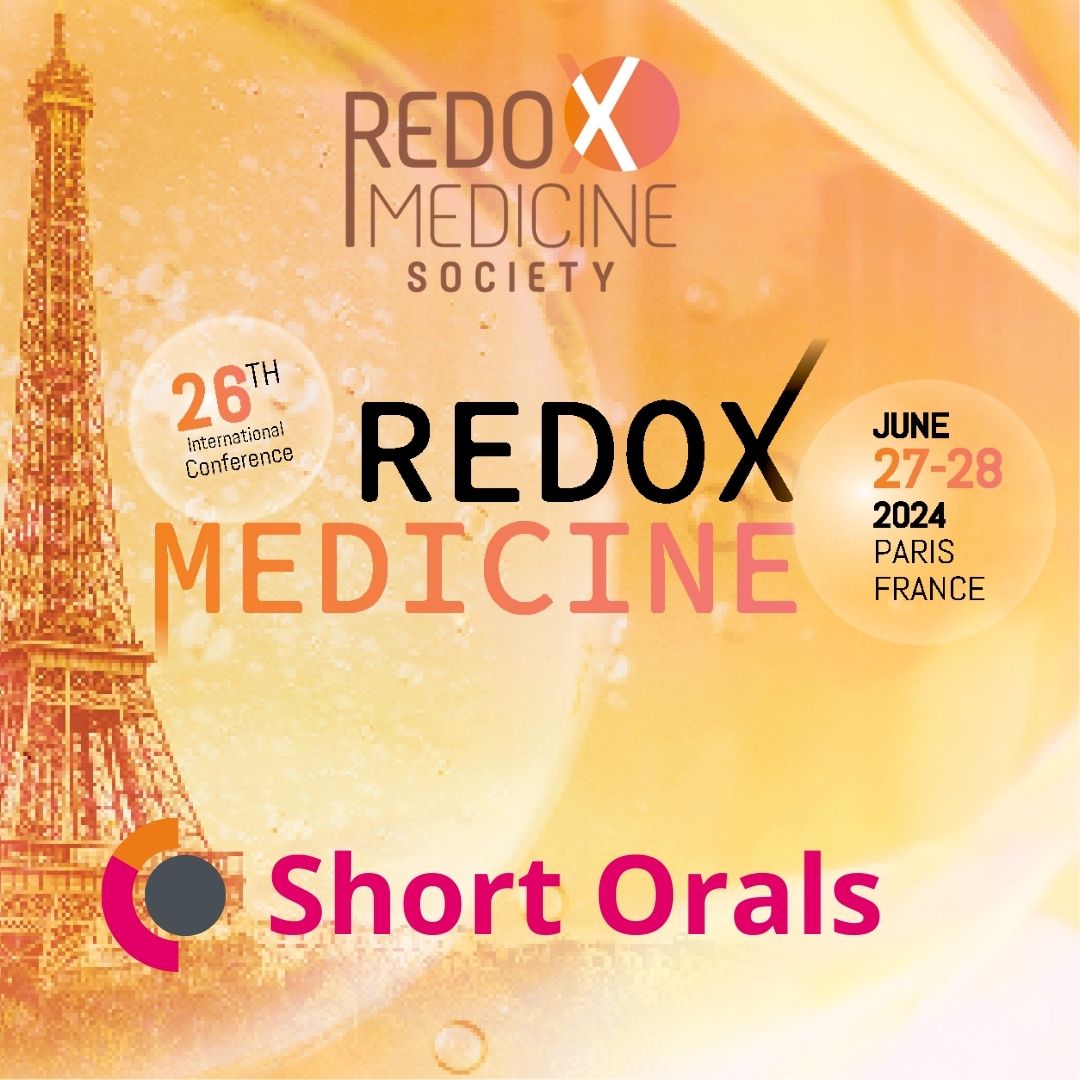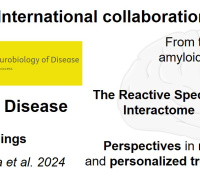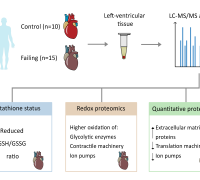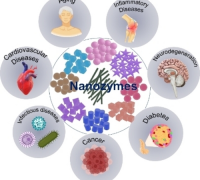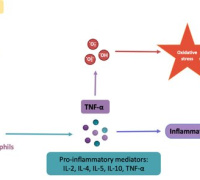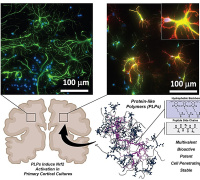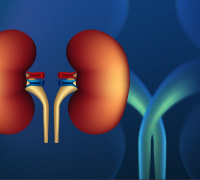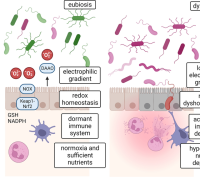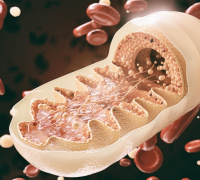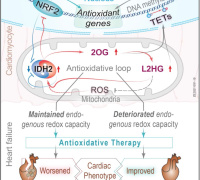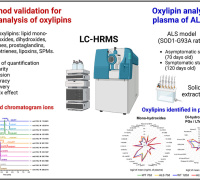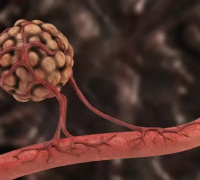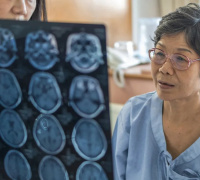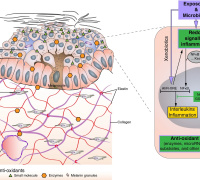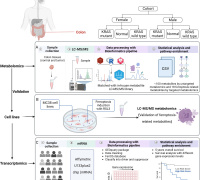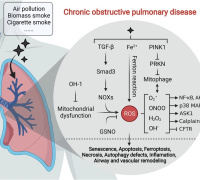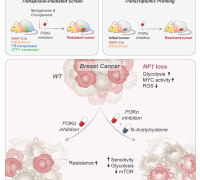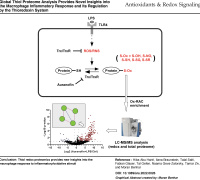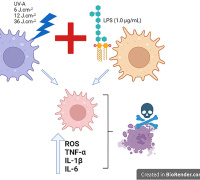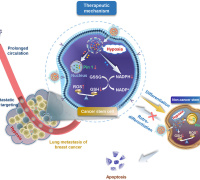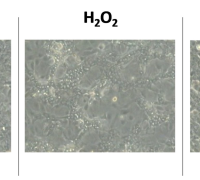Study Reveals Impact of Donor Age Differences on Renal Transplantation Outcomes
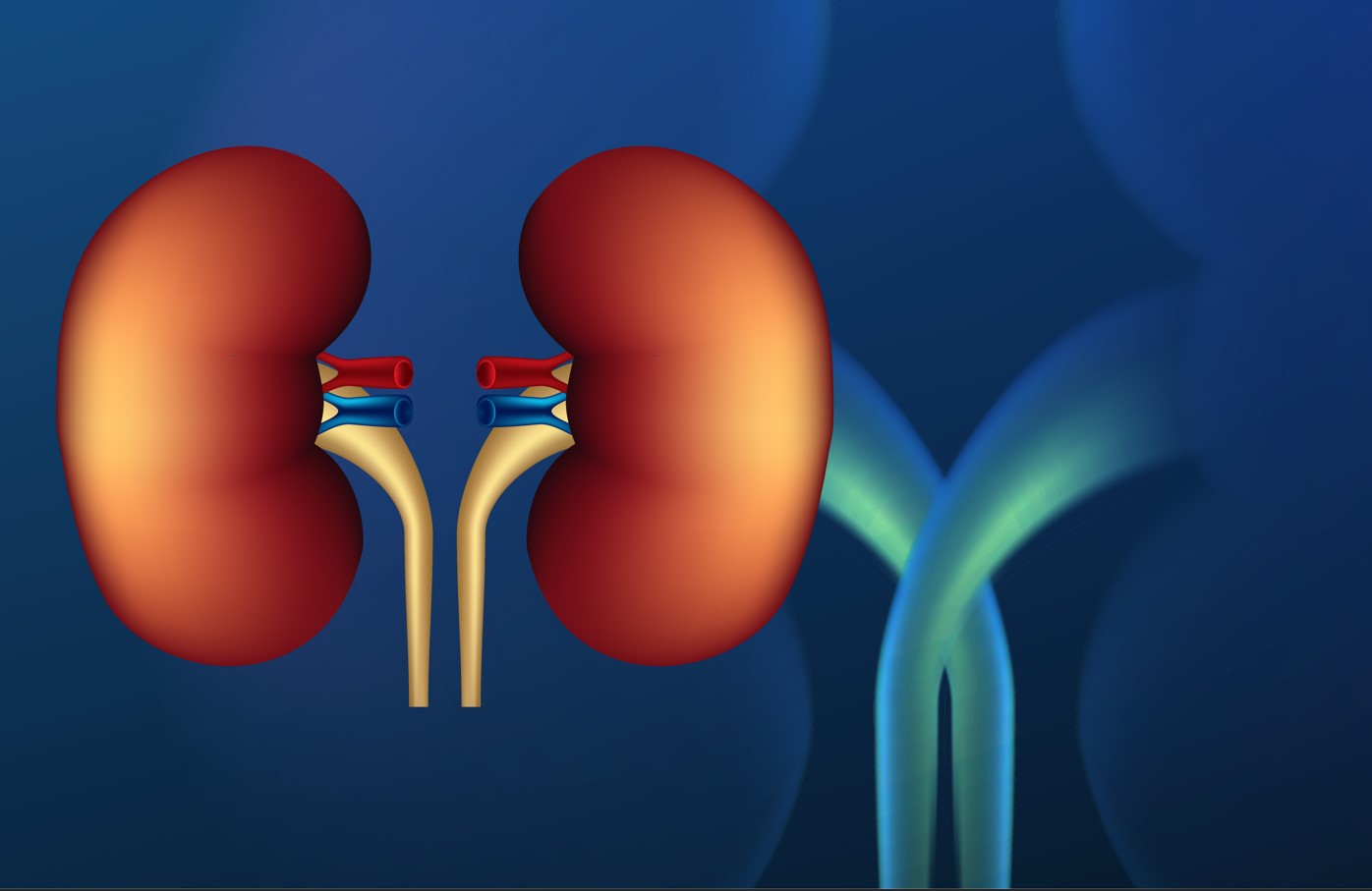
Renal transplantation stands as a vital therapeutic avenue for individuals grappling with severe chronic kidney diseases. However, a prevailing challenge emerges for younger patients in the form of a scarcity of kidneys procured from donors of comparable age. This often culminates in the transplantation of older organs, elevating the risk of graft rejection and subsequent complications, as compared to older recipients who receive organs from donors of similar age or younger.
A recent paper published in Antioxidants & Redox Signaling Journal delves into this critical issue. The study meticulously examines various senescence biomarkers in both donors and recipients of renal transplants across different age brackets, adhering to the stringent STROBE requirements.
The research, encompassing 61 patients undergoing renal transplant procedures, involved the isolation of blood samples at distinct intervals: 24 hours before the transplant, and at 24 hours, 3 days, 7 days, 3 months, and 6 months post-transplantation. Patients were categorized into three cohorts based on the age relationship between donor and recipient: "Old Donor," "Young Donor," and "Matched."
Key findings underscored a notable increase in mRNA and protein expression of senescence markers, including p16, p21, IL-6, and SASP release, among young patients receiving kidneys from older donors. Conversely, older patients who received kidneys from younger donors exhibited a gradual yet consistent amelioration in their initial senescent profile.
Furthermore, employing a macrophage cell model treated with serum derived from patients six months post-transplant revealed a pro-senescence milieu, presumably orchestrated by the SASP emanating from the patients.
These compelling insights have sparked a hypothesis proposing the potential efficacy of senolytics in curbing the prevalence of senescent cells and alleviating complications associated with the transplantation of older organs in younger recipients.
The study not only sheds light on the intricate interplay between donor age and transplant outcomes but also paves the way for innovative therapeutic strategies aimed at enhancing the efficacy and longevity of renal transplants, particularly for younger recipients.
Join Redox Medicine 2024 this June in Paris, where Dr. Mario Cordero, lead author of the paper, will further elaborate on the relationship between biomarkers and donor age in chronic kidney disease.
Copyrights: Redox Medicine Society.
Image Credits: WangXiNa - Freepik.





